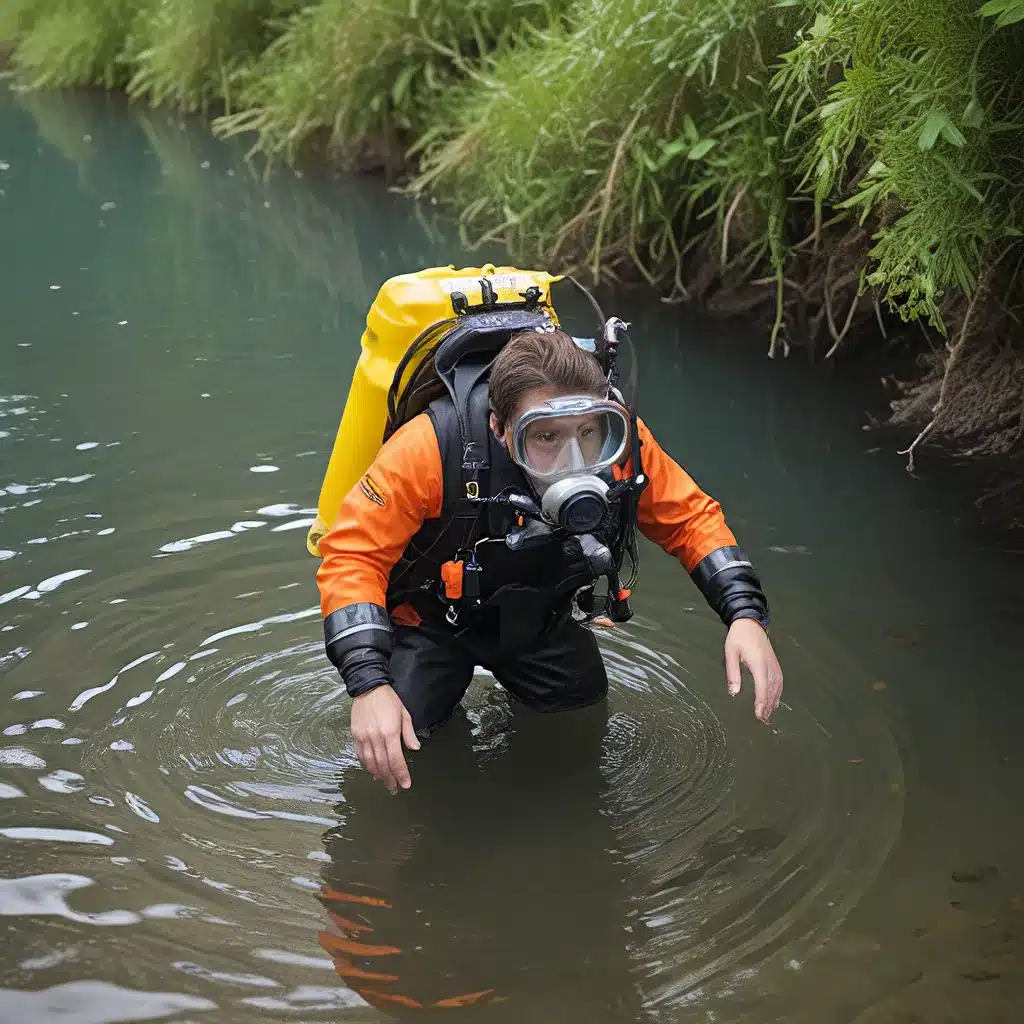
Treading the Choppy Waters of Crisis Management
As I sit here, staring out at the vast expanse of the Florida Keys, I can’t help but feel a sense of unease wash over me. The pristine waters that have captivated divers, snorkelers, and beach-goers for generations are now under threat. Climate change, pollution, and a myriad of other challenges are testing the resilience of these fragile ecosystems.
But amidst the chaos, a glimmer of hope shines through. The dedicated teams at the Florida Keys National Marine Sanctuary are working tirelessly to safeguard these precious resources, employing innovative strategies to weather the storm. And as an ardent supporter of their mission, I’ve had the privilege of diving into the realm of emergency water protocols – a crucial component of their comprehensive approach to environmental protection.
Navigating the Uncharted Waters of Emergency Response
When disaster strikes, be it a natural calamity or a human-induced crisis, the ability to respond swiftly and effectively can mean the difference between life and death. In the case of the Florida Keys, the threat of hurricanes, oil spills, and other environmental emergencies looms large. But the team at the Sanctuary has been hard at work, crafting a multi-layered emergency water protocol that can be deployed at a moment’s notice.
At the heart of this protocol is a robust early warning system. NOAA, the agency that oversees the Sanctuary, has developed a network of sensors and monitoring stations that can detect potential threats before they materialize. From tracking the movement of oil slicks to predicting the path of an approaching hurricane, this system provides the critical data needed to mount a timely and targeted response.
But it’s not just about detection – it’s about preparation. The Sanctuary’s emergency water protocols outline a comprehensive plan of action, outlining the roles and responsibilities of various stakeholders, from government agencies to local communities. Regular training exercises and drills ensure that everyone is ready to spring into action when the call comes.
Shining a Light on the Power of Collaboration
One of the most remarkable aspects of the Sanctuary’s emergency water protocols is the level of collaboration it fosters. As the city of Port St. Lucie has demonstrated, sharing the latest news and information with residents is a crucial component of any effective emergency response. And the Sanctuary takes this principle to heart, working closely with local communities, government agencies, and environmental organizations to ensure a coordinated and comprehensive approach.
This collaborative spirit extends beyond the immediate crisis response, too. The Sanctuary’s “Iconic Reef Guardians” program invites the public to lend a hand in the ongoing effort to restore and protect the region’s coral reefs. By engaging citizens as active participants in the process, the Sanctuary is not only garnering support for its mission but also fostering a deep sense of ownership and stewardship within the community.
Diving Deeper into the Details
Of course, the devil is in the details when it comes to emergency water protocols. And the Sanctuary has left no stone unturned in its efforts to shore up the region’s defenses.
For starters, the team has developed a comprehensive inventory of the Sanctuary’s natural resources, from the diverse array of marine life to the array of submerged historical and cultural artifacts. This detailed mapping effort ensures that responders can prioritize the most critical assets in the event of an emergency.
But it’s not just about protecting what’s already there – the Sanctuary is also taking proactive steps to bolster the region’s resilience. By establishing temporary special use areas, the Sanctuary can quickly relocate nursery corals to cooler, deeper waters, giving them a fighting chance against the ravages of climate change.
And the Sanctuary’s emergency water protocols don’t stop at the water’s edge. The team has also developed contingency plans for dealing with the potential impact on surrounding communities, from ensuring access to clean drinking water to coordinating the evacuation of coastal residents in the face of a major storm.
Charting a Course through Uncharted Waters
As I sit here, watching the sun dip below the horizon, I can’t help but feel a sense of admiration for the tireless efforts of the Sanctuary’s team. They’re not just protecting the natural wonders of the Florida Keys – they’re setting an example for the rest of the world to follow.
Inland Waters Inc., a leading provider of water treatment and environmental services, has long been a supporter of the Sanctuary’s mission. And as I delve deeper into the intricacies of their emergency water protocols, I can’t help but feel a renewed sense of purpose in our own work.
After all, when it comes to safeguarding our most precious resources, we’re all in this together. By working hand-in-hand with organizations like the Sanctuary, we can build a future where the wonders of the natural world are protected for generations to come.
So let’s dive in, shall we? The journey ahead may be fraught with challenges, but with the right protocols, the right partnerships, and the right mindset, I’m confident that we can weather any storm and emerge stronger than ever before.


